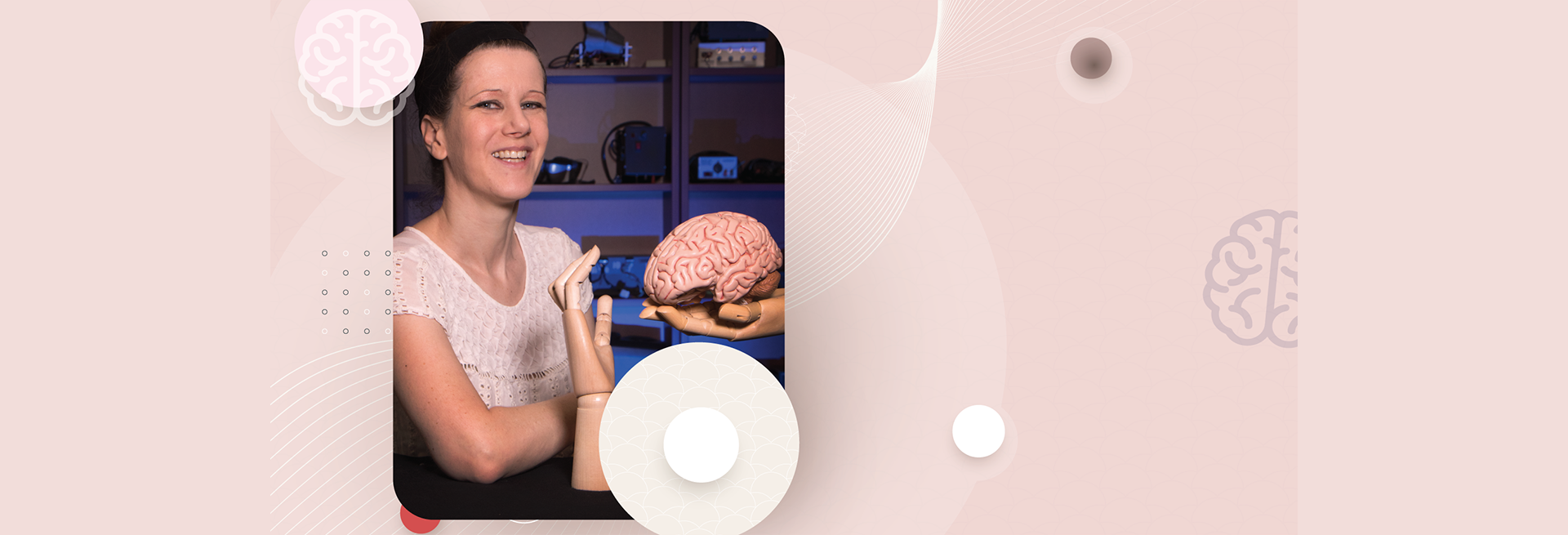Socializing can keep us healthy in mind, body and spirit, but getting together with others often becomes more difficult as we age.
Compounding the problem, within programs designed to promote social interaction among older adults, there’s often a lack of accommodation for issues that can accompany age, such as impaired hearing or mobility. “Opportunity for ‘gymnastics’ of the body and mind is not optimal in social programs who take the convenience of homogenizing participants’ sensorimotor competencies too much,” said Emmanuelle Tognoli, Ph.D., research professor in the Center for Complex Systems and Brain Sciences, Charles E. Schmidt College of Science.
Tognoli is part of a team of FAU researchers recently awarded a grant to design experiences that offer older adults meaningful social interactions while accommodating for such age-related impairments. The $675,000 grant is funded by the National Institutes of Health and National Institute in Aging grant.
The team of collaborators from the College of Science and the Christine E. Lynn College of Nursing, are developing a two-pronged approach that interfaces a mathematical model of group dynamics with observations of live group interactions in an experimental setting at FAU’s Louis and Ann Green Memory and Wellness Center. (Due to COVID-19, the groups meet online, rather than face-to-face.)
“We are trying to find if interactions with a diverse group of others encourage the older adult to stretch their limits a bit,” Tognoli said. “It is a ‘nonlinear’ problem: stretch a little bit, you get maximal exercise, stretch too much and you have withdrawal. We are trying to discover the science that points at the sweet spots.”
A mathematical model portrays interactions in varied groups of people. It utilizes parameters incorporating different personal characteristics of hypothetical group members, as well as the strength of group interactions. For instance, some group members might walk, converse, or interact a bit slower. Differences in personal characteristics may cause the group to fragment or split into subgroups. Worse, some individuals may end up not participating meaningfully in the group at all. Continual revisions to the model are based on data collected in the experimental setting — in this case, live online sessions in chair yoga (yoga exercises gently performed from a chair to prevent physical fatigue to interfere with engagement) or storytelling. Each investigator will analyze the data using their unique disciplinary perspectives to create a well-rounded portrait of social interactions that can help identify key behavioral factors for group leaders to track in practice.
“In this way, we can continually circle between the experiment and the model: the model tells us what to look for in the experiment, and the experiment gives us data to confirm the model,” Tognoli said.
The goal of the research is to design settings that mesh people who have different levels of cognitive, sensory and physical abilities into a group that gives every member a sense of purpose and belonging. Sustaining healthy social behavior is one of the most impactful and cost-effective interventions to benefit an aging population, she said, even for people already in the throes of brain disease.
